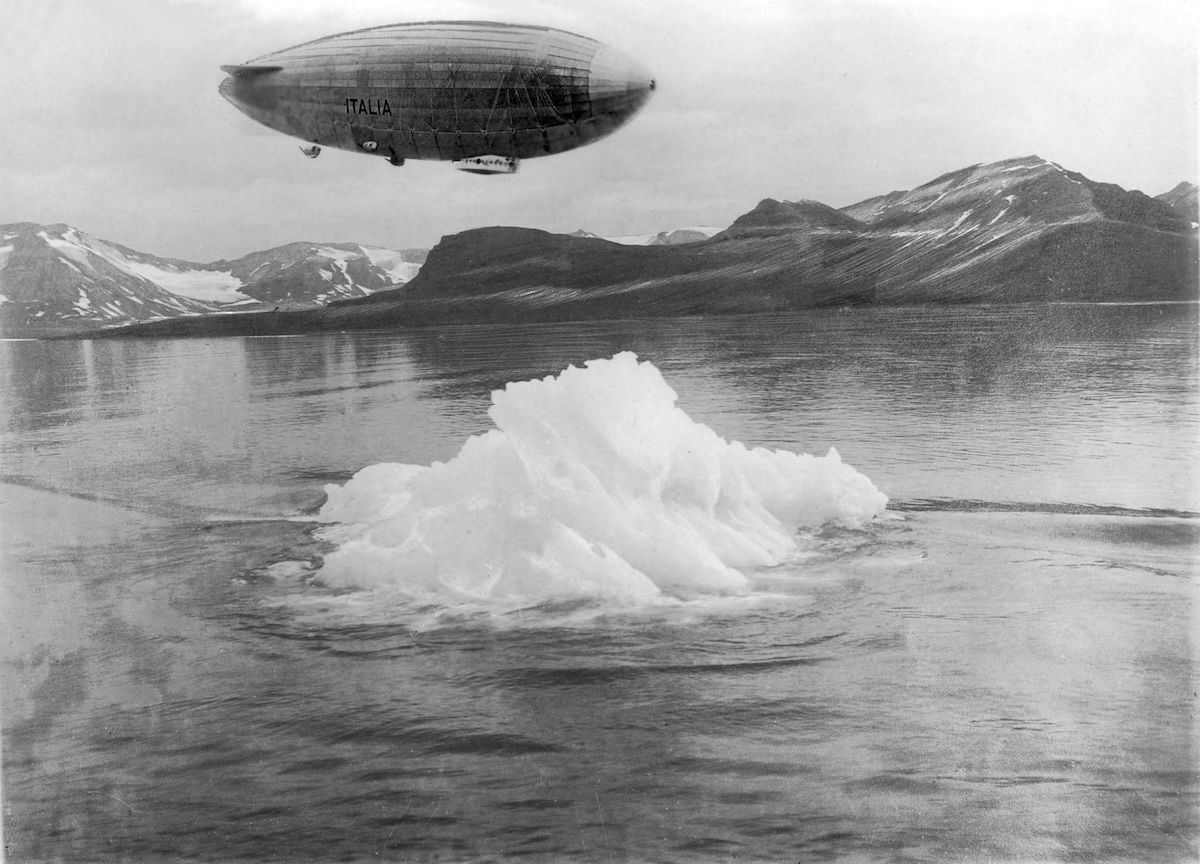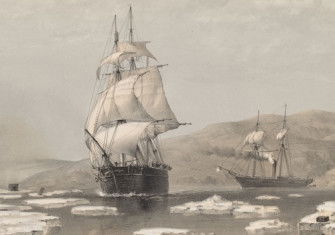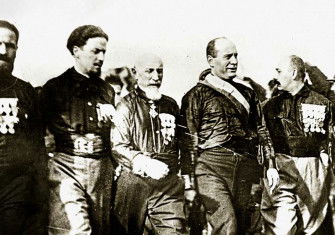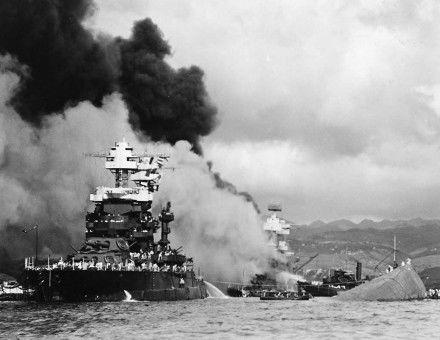Umberto Nobile: The Fall of a Fascist Explorer
In 1926 Umberto Nobile became a hero of Mussolini’s Italy when he piloted Roald Amundsen’s Norge over the North Pole. Two years later his reputation went down with his airship.

In the autumn of 1925 the Norwegian polar explorer Roald Amundsen, the man who had beaten Robert Falcon Scott in the ill-fated race to the South Pole in 1911, asked a young Italian aeronautical engineer to build him an airship that would fly to the North Pole. Italy's dictator Benito Mussolini enthusiastically backed the project as it would demonstrate Italy's technological prowess and show the growing power of his Fascist state. The expedition would turn the engineer, Umberto Nobile, into a national hero but it was a reputation that was not to last.
Amundsen owed much to the American Lincoln Ellsworth, whose millionaire father, a coal magnate, had financed his previous attempt to reach the North Pole by plane. Together they wanted to organise a new journey, this time by airship. Nobile had built one that needed only a few modifications and he promised to have it ready by early 1926.







